Jamaican fruits are an array of tropical produce, either indigenous to Jamaica or thriving due to its favorable climate. These fruits are a part of the island’s cuisine, offering numerous flavors from the sweet and lush to the uniquely tangy.
Notable among these is the ackee, Jamaica’s national fruit, which, when cooked, is a staple dish often paired with saltfish. The island is also home to soursop, with its distinctive combination of sweetness and sourness.
Let’s get to know more about the fruits in Jamaica before diving further into the dishes and beverages made using fruits in the country. Plus, I’ll suggest you with some Jamaican veggies.
Finally, let me unveil the interesting history of Jamaican fruits that contribute to its diversity.
31 Popular Jamaican Fruits with Filters
You are about to learn about the most common 31 fruits in Jamaica. As these fruits are arranged in order of popularity, the more you read, the more exotic the options will become.
Improve your reading experience with the filters below, which help categorize the fruits according to various labels: native fruits, non-native fruits, national fruits, exotic fruits, fruits for dishes, fruits for beverages, fruits for garnish, and fruits used as vegetables.
Ackee
- For Dishes
- National
Ackee is a widely cultivated fruit in Jamaica, native to West Africa. Considered a national fruit, ackee offers a rich, buttery taste when cooked.
Grows in warm regions, it appears as bright red to yellow-orange pods that open to reveal black seeds and soft, creamy white flesh. The fruit is available between January and March, along with June and August.
Traditionally, ackee is safely consumed cooked, primarily in the popular Jamaican dish ackee and saltfish. Alternatively, it’s often incorporated into stews and side dishes.
Rambutan
- Non-Native
Rambutan is a tropical fruit in Jamaica coming from Southeast Asia. The reddish fruit is characterized by its hairy appearance due to fleshy spines.
These juices produce house succulent, jelly-like white flesh e, offering a unique sweet taste with a hint of acidity. Widely available in Jamaican markets, it is often consumed fresh as a snack.
Mango
- For Beverages
- For Dishes
- Non-Native
Mango is a fruit that can be seen in many regions worldwide, including Jamaica. Residents of this country consider mango to be a local fruit.
It is diverse and boasts various colors, shapes, and sizes. Typically, mango is often found in round, oval, or kidney shapes.
When ripe, mango turns green to yellow, red, or orange. As for the texture, mangoes will turn from crunchy to a more softer and creamier consistency.
In addition, the fruits have a bit of sour flavor that mixes well with the sweet profile. Blue, Bombay, or Emperor are famous mango varieties in Jamaica.
Star Apple
- For Dishes
- Non-Native
Star apple is a popular fruit in Jamaica originating from the Isthmus of Panama and found in the West Indies, Greater Antilles, and Southeast Asia. It is known regionally as caimito, purple star apple, or milk fruit.
With their striking deep purple skin, star apples feature white or yellow flesh accompanied by a soft, sweet, and milky profile. In Jamaica, star apple is mixed with sour orange juice to create a dessert concoction known as “matrimony.”
Ortanique
- For Dishes
- Native
Ortanique is a unique Jamaican citrus fruit that combines the mandarin and sweet orange flavors.
Recognized in 1939 by the Jamaica Agricultural Society with David Daniel Phillips credited as the inventor, the ortanique resembles a mandarin with a thick, orange or yellow rind.
Its bright orange flesh offers a delightful sweetness complemented by a hint of sourness. Commonly enjoyed fresh or juiced, the ortanique is used in many culinary creations in Jamaica.
Sweetsop
- Non-Native
Sweetsop, also known as sugar apple or custard apple, is a sweet fruit in Jamaica, originating from the Americas and West Indies. These fruits come in a unique spherical shape marked by knobby segments.
They also sport a green or dark pink rind, along with white flesh that contains numerous hardy black seeds. Renowned for its sweet taste and custard-like texture, sweetsop is enjoyed fresh, in smoothies, fruit bowls, and various desserts.
Avocado
- For Beverages
- For Dishes
- Non-Native
Avocado is a fruit that thrives in Jamaica even though it’s native to Guatemala and Mexico. Surprisingly, it’s often called pear in Jamaica for its shape.
The fruit features a wavy and quite rough skin, buttery flesh, and a large pit. Ripe avocados have skin in shades of brown, green, black, or purplish, enclosing pale green flesh with an earthy, grassy flavor and a creamy texture.
Avocado’s flesh is ideal for smoothies or for enhancing salads, and dips.
Sour Orange
- For Beverages
- Non-Native
Sour orange, also known as bitter or Seville orange, is a key citrus fruit in Jamaican, Cuban, and Mexican cuisines. This fruit is a hybrid of mandarin orange and pomelo, with a vivid orange or yellow color.
Sour oranges have a more intense flavor and are more sour than common varieties. They are widely used in making orange marmalade, liqueurs, and jams.
In Jamaica, the peel is often mixed with syrup for a traditional Christmas dessert or dish like thayir sadam, spiced yogurt rice.
June Plum
- For Beverages
- For Dishes
- Non-Native
June plum, introduced to Jamaica in the late 1700s, is often referred to as the “golden apple” in English-speaking countries. Easily recognizable by its oval shape and green to golden-yellow colors, it often grows in clusters on trees.
The fruit’s texture is crunchy when unripe, while the ripe ones are much softer. Locals usually enjoy the pit of June plum for its tender consistency.
Known for its blend of sweet and tart flavors, June plum is a key ingredient in Jamaican drinks, preserves, and desserts. It is also savored with salt or added to stews.
Soursop
- For Beverages
- For Dishes
- Non-Native
Soursop is a fruit native to the Caribbean, often featured in Jamaican desserts. These spiky fruits have a recognizable deep green, firm exterior, and a creamy and soft texture inside.
The juicy, white flesh emits an enticing aroma, compelling immediate enjoyment. This fruit is a favorite for smoothies, juices, candies, sorbets, and ice creams, showcasing its versatility and appealing taste.
Mammee Apple
- For Dishes
- Non-Native
The Mammee apple is a beloved produce in Jamaica and South America, also known as Santo Domingo apricot or South American apricot, and mamey Amarillo in Central America.
Classified as a berry despite its central stone, it features a rustic gray-brown rind composed of exocarp and mesocarp. The edible pulp, derived from the endocarp layer, is yellow or orange, offering a crispy and juicy texture.
Widely enjoyed fresh, mammee apple is also a staple in preserves and stews, showcasing its versatile culinary applications.
Otaheite Apple
- For Dishes
- Non-Native
Otaheite apple is a tropical fruit in Jamaica that has a history linked to Austronesian peoples. Also known as the Malay rose apple or mountain apple, this fruit resembles a pear with a red color.
Otaheite apples have white, spongy flesh with a central seed that tastes mildly similar to a pear. Jamaicans tend to have otaheite apples fresh or used in jams with ginger and sugar.
Tamarind
- For Beverages
- For Dishes
- Non-Native
Tamarind is a tropical fruit grown in Tamarind, which originally came from Africa. It’s a key ingredient in many global cuisines for adding a sour profile.
The fruit has a hard green or brown shell encasing a tangy and sweet pulp surrounding 6 to 12 seeds. Tamarind is high in vitamin C, calcium, and tartaric acid.
It can be eaten raw or often used to enhance savory dishes. Tamarind paste and jams are popular for adding a unique taste to recipes.
Naseberry
- For Dishes
- Non-Native
Naseberry, also known as chikoo, sapota, or sapodilla, is a Jamaican fruit eaten after meals to cleanse the palate. Coming from the Caribbean, Mexico, and Central America, it has a pale yellow or brown appearance when ripe.
The fruit is relatively grainy, soft, and smooth, with 1 to 6 seeds inside. Naseberries are irresistible due to their sweet and malty flavor.
However, the unripe fruit is not suited for consumption as it contains astringents that can dry out your mouth.
Chayote
- For Dishes
- Fruit Vegetables
- Non-Native
Chayote is a Jamaican fruit often mistaken for a vegetable. Known as chocho or mirliton squash, it is widely cultivated in Mexico, Jamaica, Honduras, and throughout Latin America.
Shaped like a pear, the chayote has green, glossy skin and crunchy white flesh with a large pit in the center. Chayote offers a mild flavor, perfect for adding to salsas, salads, stews, stir-fries, soups, and other savory dishes of Jamaica.
Lychee
- For Beverage
- Non-Native
Lychee is a Jamaican fruit that first grew in China’s Fujian, Guangdong, and Yunnan provinces. The fruit varies in shape, including oval, heart-shaped, and round, covered by a rough red or pink skin with tiny sharp bumps.
Under the skin is a white, juicy flesh with a floral scent and a sweet, delicate taste. Remember, lychees even have a dark seed.
Lychee can be enjoyed fresh or dried and is a popular sweet addition to various desserts in places like Jamaica.
Longan
- For Beverage
- Non-Native
Longan is a juicy fruit in Jamaica comprising a thin peel, chewy flesh, and a round pit. It’s beloved in Jamaica and known as the “dragon’s eye” because its round, black seed resembles a dragon’s eye.
Its thin, firm brown skin peels off easily for a succulent, sweet flesh having a jelly-like texture. Enjoyed fresh, Jamaicans often savor longan as a sweet dessert, with its peak season stretching from July to August.
Papaya
- For Beverages
- For Dishes
- Non-Native
Papaya is a staple fruit in Jamaica, especially used in fruit salads for breakfast. Originating from the West Indies and South America, papayas come in various sizes and shapes, including round, elliptical, and pear-like.
They start green and crunchy, ripening to yellow or red with a soft, smooth, and creamy texture. Ripe papayas are sweet and have a taste similar to melon or mango.
In Jamaica, the solo sunrise papaya is popular, with an orange-red flesh and a sweet flavor. Papaya can be enjoyed in several forms, such as juice, puree, jams, and smoothies, or unripe in salads, stews, and savory dishes.
Guinep
- For Beverages
- Non-Native
Guinep is a soapberry, often purchased in the Caribbean, including Jamaica. It is also known as Spanish lime, limoncello, mamoncillo, or ackee, boasting a sour flavor.
Guinep is a drupe fruit with a single seed in the center. It comes with thin and green skin protecting the juicy and orange flesh.
You can simply suck off the jelly-like meat with a bittersweet profile. Interestingly, the hard pit of guinep is also edible once you roast it.
Guava
- For Beverages
- Non-Native
Guava is a tropical fruit found in Jamaican dishes to add a lightly sweet profile. Among its many types, this fruit has yellow, green, and maroon colors, with edible thin skin covering white or deep pink flesh.
Ripe guavas are known for their sweet fragrance and taste, a hint of sourness for balance, and contain numerous hard, tiny seeds. In Jamaica, guava juice is a refreshing summer drink, with its paste going well with salty cheese.
Pineapple
- For Beverages
- For Dishes
- Non-Native
Pineapple is a refreshing fruit brought to Jamaica by the Tainos, early inhabitants of South America. This fruit is a staple in Jamaica and Caribbean cuisines, often used in many culinary creations.
Pineapples have distinctive rinds, covered in hexagonal units with juicy, sweet flesh that’s bright yellow. Jamaica is home to various types of pineapple, including cowboy, smooth cayenne, ripley, and sugarloaf.
The juicy fruit is popularly consumed in Jamaica as refreshing juice, and it’s also used in salads, drinks, smoothies, jams, and desserts.
Almond
- For Beverages
- For Dishes
- For Garnish
- Non-Native
Almonds are a popular fruit in Jamaica, easily found across the country. As a drupe, it’s related to peaches, consisting of a green hull, a hard shell, and a seed.
In Jamaica, almonds are available at supermarkets, either shelled or unshelled. People enjoy raw or toasted almonds, a key ingredient in many tasty Jamaican dishes.
Almonds can be purchased whole, slivered, or ground, offering a versatile option for various culinary uses.
Cacao
- For Beverages
- For Dishes
- Non-Native
Cacao is a beloved produce in Jamaica that is known for being the primary ingredient in chocolate. Coming from the Amazon rainforest, there are three main types, including criollo, trinitario, and forastero.
Cacao pods, when ripe, turn yellow or orange and contain 20 to 60 seeds surrounded by a white pulp. This pulp can be used to make juice, jelly, cream, and smoothies.
Before removing the seeds to make chocolate, the fruit offers a sweet and tangy taste.
Blim Blim
- Non-Native
Blim blim is a renowned fruit in Jamaica, the Caribbean, and Guyana. It is native to Malaysia and Indonesia, similar to star fruit, with distinctive five-sided ends.
Due to a waxy layer, the sour fruit has smooth, glossy green or yellowish-green skin. Blim blim is appreciated for its crunchy texture, although its high acidity often deters people from enjoying it fresh.
Instead, Jamaicans commonly pickle blim blim or eat it with salt to lessen its sourness. Additionally, it even makes its way into a variety of savory and sweet dishes.
Honey Banana
- For Beverages
- For Dishes
- Non-Native
Honey banana is an iconic Jamaican fruit, distinguished by its smaller size and sweeter taste. These bananas turn from light yellow to reddish upon ripening.
Under the banana’s thin skin is a fragrant, sweet white flesh. Known as “finger bananas” for resembling a clustered hand, each bunch can contain 10 to 14 hands.
In Jamaica, it’s commonly eaten fresh or used in smoothies, snacks, and desserts.
Jackfruit
- For Dishes
- Non-Native
Jackfruit is a big fruit that works as a staple in Jamaican cuisine. Used in both starchy and sweet dishes, this large fruit can weigh between 22 to 55 pounds.
It’s recognizable for its yellowish-green to yellowish-brown rind that covers bright yellow flesh. The rind’s surface is full of small bumps.
Aside from the sweet meat, jackfruit has a whitish core with many egg-shaped segments attached, each containing a seed. There can be about 100 to 500 segments in a single fruit.
Ripe jackfruit is commonly eaten fresh or used in jams, juices, pies, dried snacks, and other sweet treats.
Jimbilin
- Non-Native
Jimibilin is a term in Jamaica that describes two distinct fruits, such as star fruit and otaheite gooseberry. However, let me focus on the otaheite gooseberry hailing from the Caribbean, South, and Central America.
Unlike the common gooseberry, the otaheite variety stands out with its small size and juicy and crunchy texture. It has a yellow or white color, containing 4 to 6 seeds inside.
Despite its acidity, it’s often enjoyed raw, or with salt and pepper to temper the sourness. In Jamaica, it’s also popular in preserves and juices.
Breadfruit
- For Dishes
- Non-Native
Breadfruit is a soft fruit in Jamaica originating from New Guinea, the Philippines, and the Maluku Islands. It belongs to the same family as jackfruit, sharing a similar appearance with thick, green skin and small bumps.
Breadfruit can be substituted for potatoes or bread because of its soft texture and taste. It’s often used in cooking, suitable for boiling, grilling, baking, and deep-frying.
Overripe breadfruit can also be enjoyed, making it a unique and adaptable food option.
Noni
- Exotic
- Native
Noni is one of the most exotic fruits in Jamaica. This outstanding fruit has a unique flavor, like vomit, that’s hard for newcomers to appreciate.
In Jamaica, the volcanic soil is the best condition for the growth of this fruit. People consider it a miracle fruit because it contains many nutrients that are good for healing asthma and cancer.
Typically, this fruit has a pale green color and many black spots on the skin surface. Interestingly, people rarely consume it as food.
In Jamaica, people will consume it when they do not have anything to eat. The bitter taste of noni is better when enjoyed in cooked foods.
Star Fruit
- For Beverages
- For Dishes
- For Garnish
- Non-Native
Star fruit, or carambola, is a juicy fruit beloved in Jamaica, Brazil, East Asia, and the Caribbean for its crunchy, sour-sweet flavor. It’s known for its unique shape, with five ridges that create star-like slices.
The fruit’s thin, edible, waxy skin varies from light to dark yellow. Its crisp and succulent flesh makes it a popular choice in Jamaica for juices, jams, pickles, and smoothies.
Coconut
- For Beverages
- For Dishes
- Non-Native
Coconuts are vital in Jamaica, especially for providing water, oil, and milk. Enjoying a glass of refreshing, sweet coconut water is a delight in Jamaica, especially during summer.
Locals often enjoy coconut water with the white, creamy flesh. In Jamaica, coconut is a key ingredient in traditional dishes like rice and peas, adding a rich flavor.
What Dishes Use Jamaican Fruits?
Fruits can play a crucial role in Jamaican meals. Here are some dishes in Jamaica for you to try out:
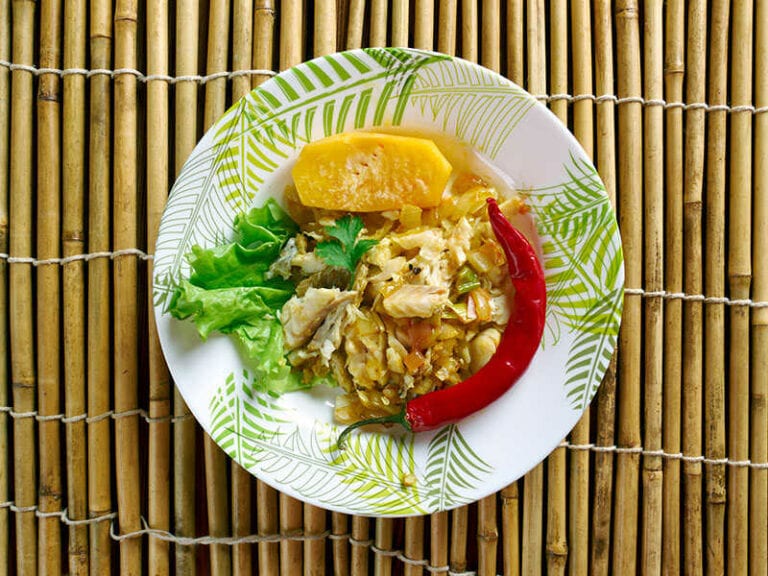
Ackee and Saltfish
Ackee and saltfish is Jamaica’s national dish, combining the unique flavors of ackee, a fruit native to West Africa, with salted codfish. It’s typically sautéed with onions, peppers, and spices, providing a hearty and flavorful meal.
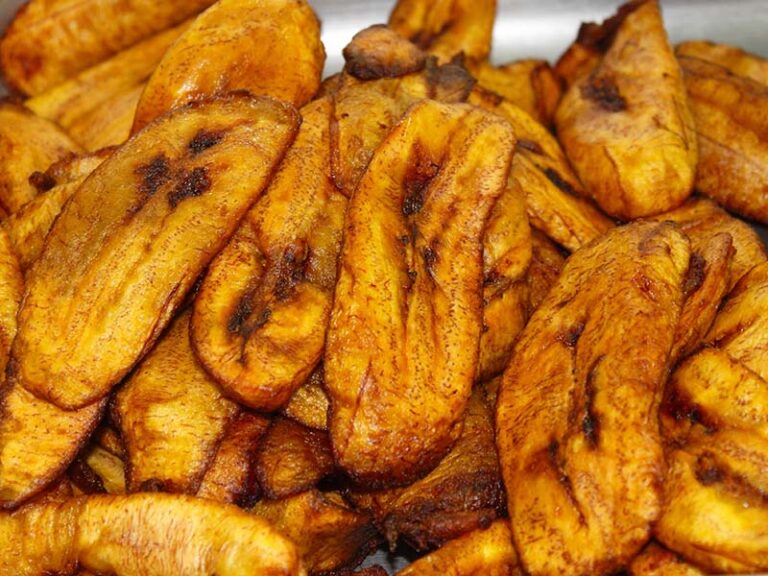
Fried Plantains
Fried Plantains are a popular side dish in Jamaican cuisine, made by frying slices of ripe plantains until golden brown. They provide a sweet and savory flavor that complements both meat and vegetable dishes.
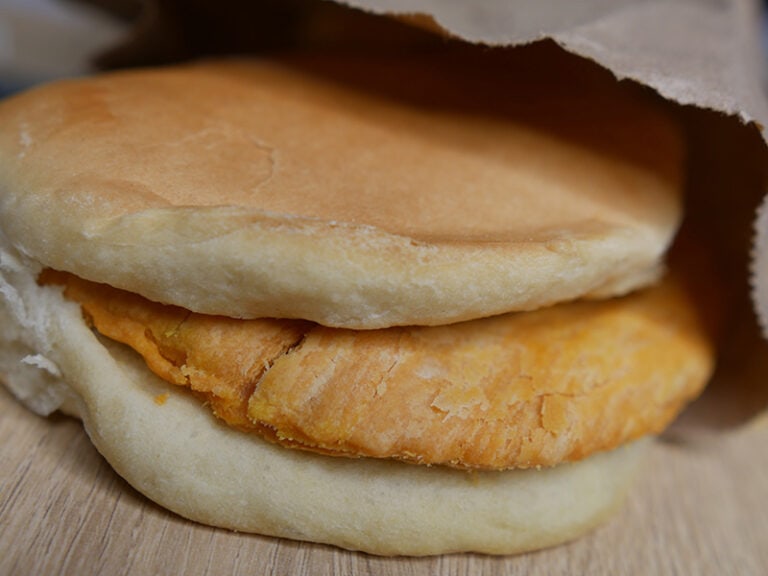
Coco Bread
Coco bread is a soft, slightly sweet bread made with coconut milk, often found in Jamaican bakeries. It’s commonly split in the middle and stuffed with a Jamaican patty, making a delicious sandwich.
What do you think about these flavorful Jamaican specialties? Don’t forget that these fruits are also suitable for making drinks, aside from only adding them to dishes.
What Beverages Are Made with Jamaican Fruits?
Ready to quench your thirst with various drink options coming from Jamaica. These are some options for you to consider:
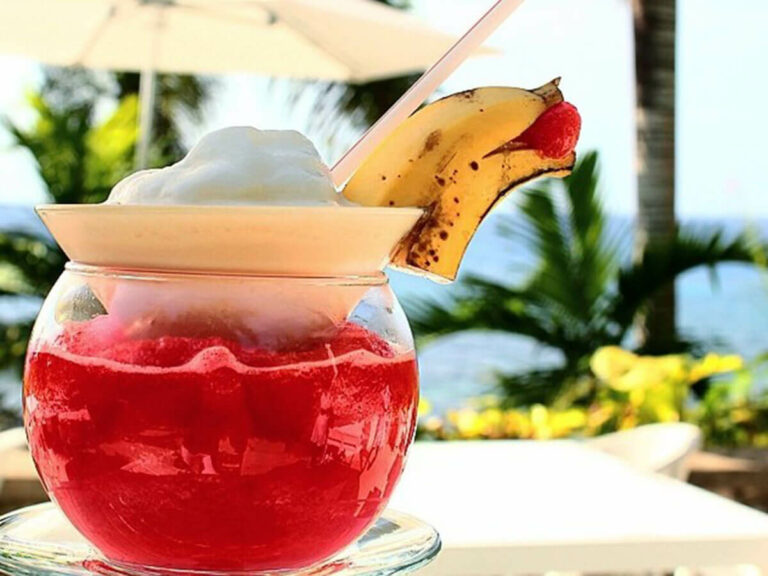
Jamaican Smile
Jamaican Smile is a creamy, tropical cocktail that blends rum, banana, pineapple juice, and strawberry syrup for a sweet and fruity drink. It’s known for its smooth, refreshing taste.
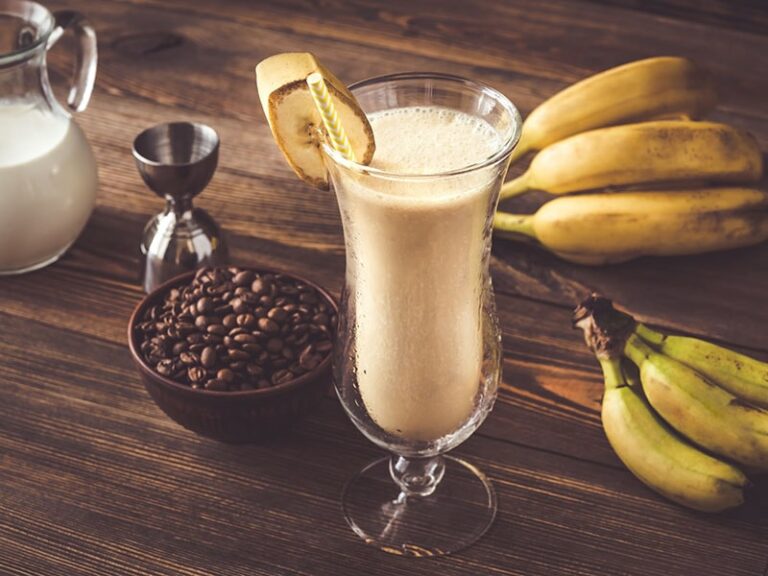
Dirty Banana
Dirty Banana is a popular Jamaican cocktail that combines rum, coffee liqueur, banana-flavored liqueur, and heavy cream, all blended with a ripe banana. This drink offers a rich, creamy texture and a sweet, indulgent flavor.
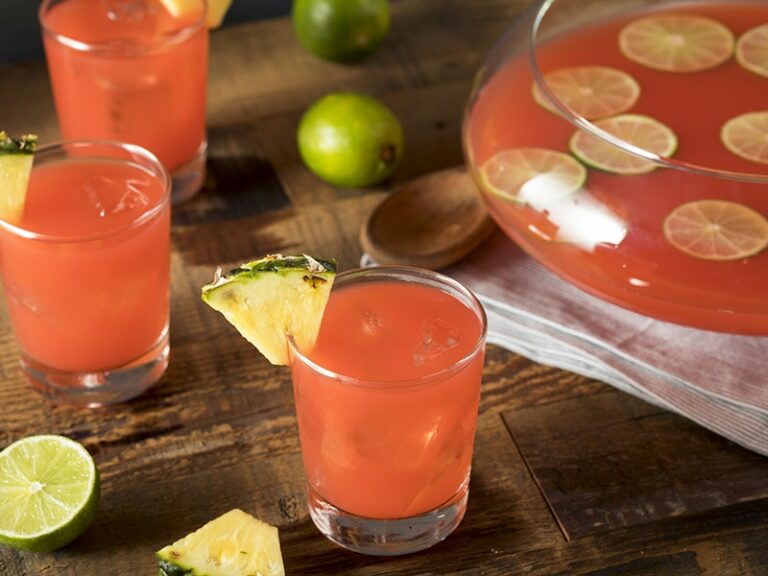
Rum Punch
Rum Punch is a traditional Caribbean cocktail made with Jamaican rum mixed with a variety of fruit juices, including pineapple and orange, and a splash of grenadine for color. It’s beloved for its sweet, fruity taste and vibrant appearance.
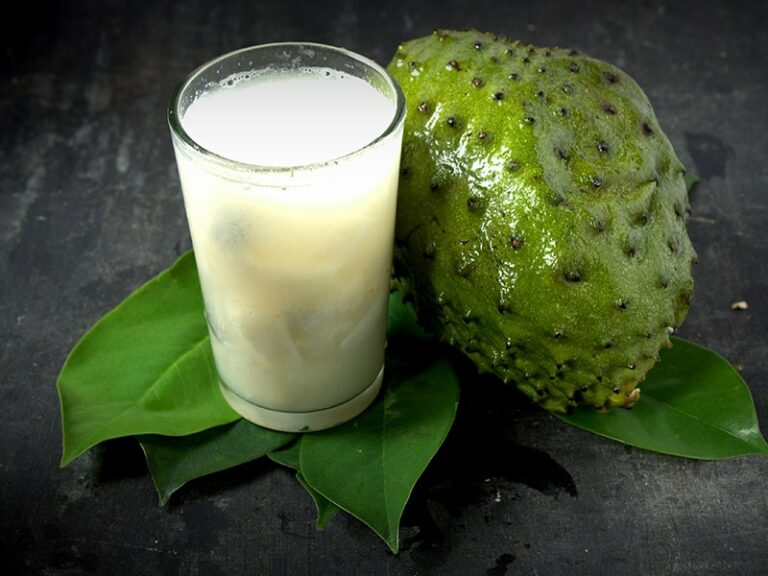
Jamaican Soursop Juice
Jamaican soursop juice is a refreshing beverage made from soursop fruit native to the Caribbean. The juice has a creamy texture and a unique flavor that’s both sweet and tangy, often enjoyed chilled on hot days.
Remember, these are only a few renowned refreshments in Jamaica that utilize fruits as the main flavoring factor. As for now, you should look into some vegetables often found in Jamaica.
What Are Some Vegetables in Jamaica?
These are some common veggies that anyone can find in Jamaica:
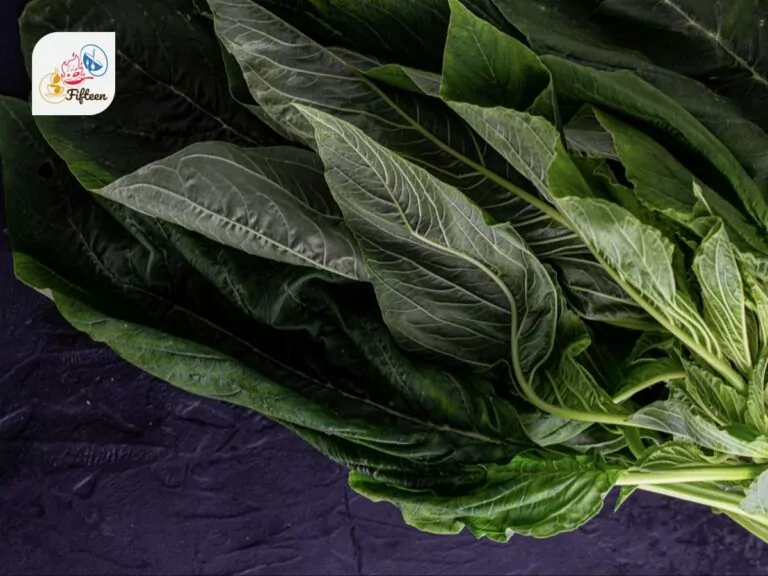
Callaloo
Callaloo is a leafy green vegetable central to Jamaican cuisine, resembling spinach but with a distinct taste. It’s often steamed or lightly sautéed with spices, serving as a versatile and nutritious side dish.
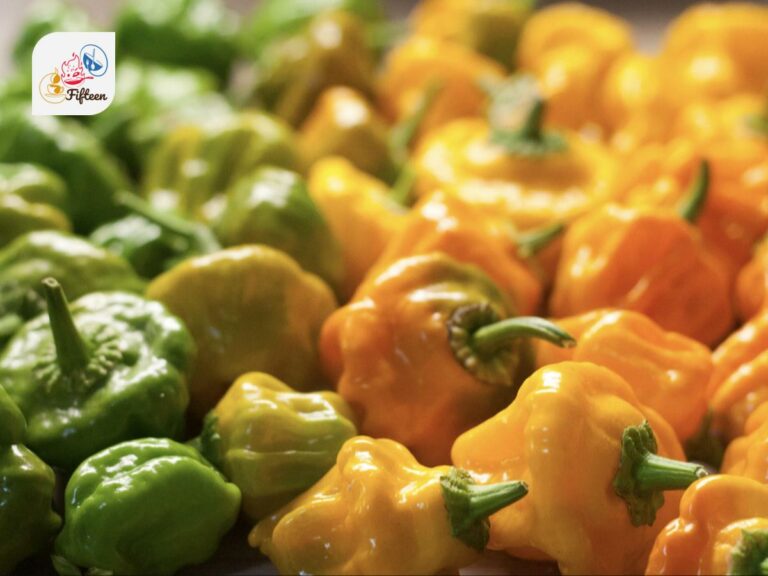
Scotch Bonnet Peppers
Scotch bonnet peppers are pivotal to adding heat and flavor to Jamaican cooking and are known for their intense spiciness and fruity undertones. They are used to spice up dishes ranging from jerk chicken to stews and salsas.
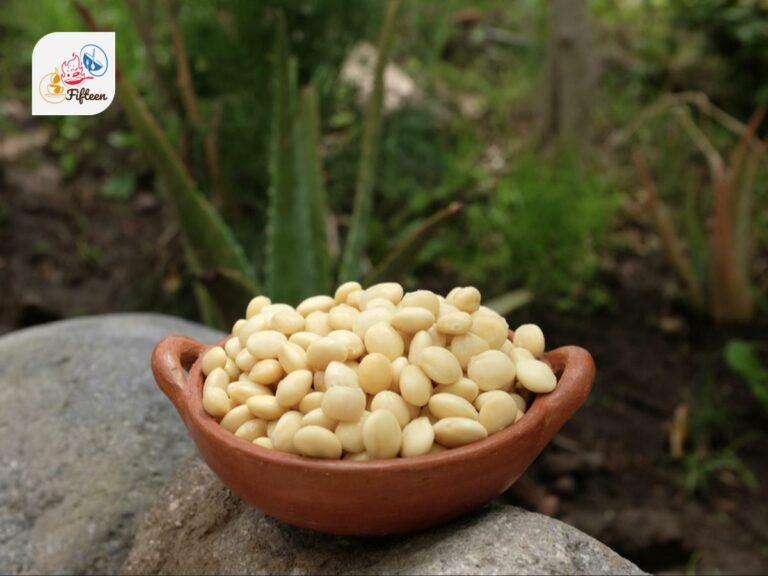
Chocho
Chocho, or chayote, is a crisp, light green vegetable that’s part of the squash family, enjoyed for its mild flavor. In Jamaica, it’s commonly added to stews and salads. It’s served as a boiled or steamed side.
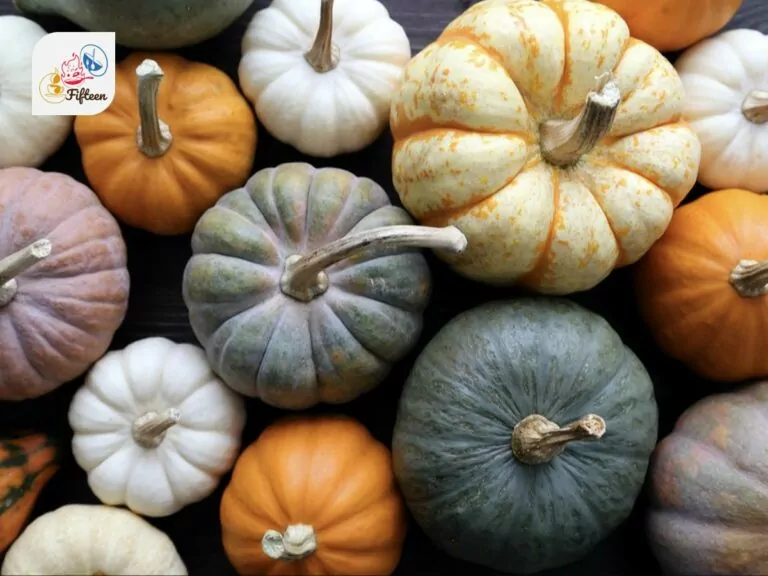
Pumpkin
Pumpkin is widely used in Jamaican soups and stews, and it is appreciated for its sweet, earthy flavor and creamy texture. It’s a key ingredient in traditional dishes, providing color, nutrition, and richness.
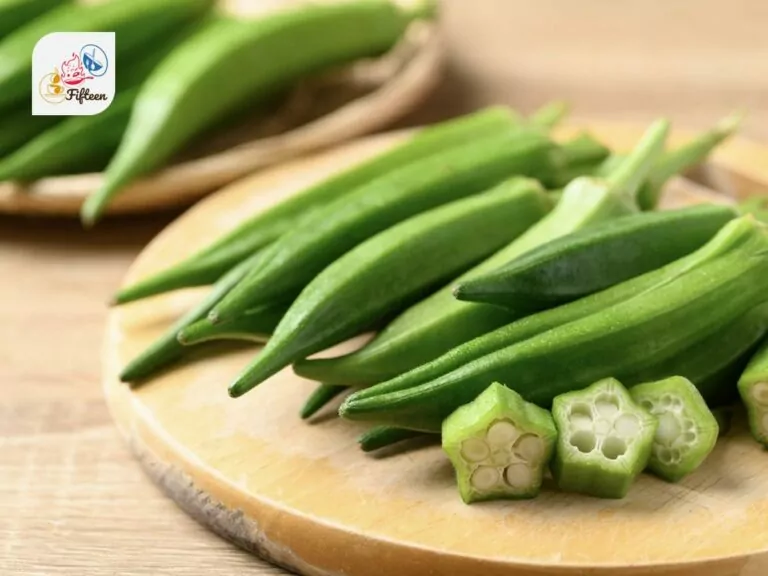
Okra
Okra is a popular vegetable in Jamaica, known for its unique texture and flavor. It’s often used in soups and stews, such as callaloo soup, and can be steamed, fried, or included in seafood dishes.
Aside from these Jamaican vegetables, you should aim to look into the history of fruits in this country.
What Is the History of Jamaican Fruits?
The history of fruits in Jamaica is a fascinating story of adaptation, cultural exchange, and agricultural innovation:
After going through these fruits of Jamaica, if you still have other ideas, please write them down in the comment section. Make sure to share these fruity picks from Jamaica with others as well.


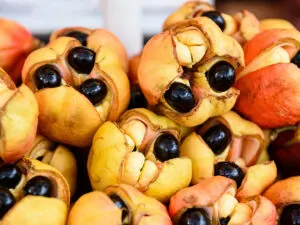
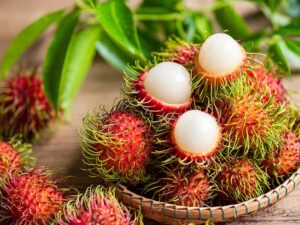
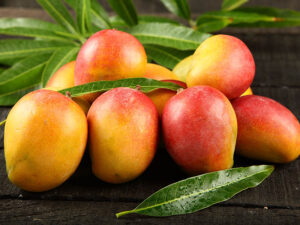
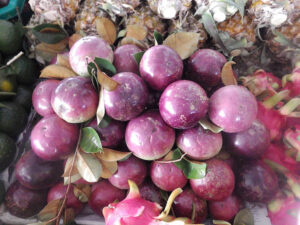
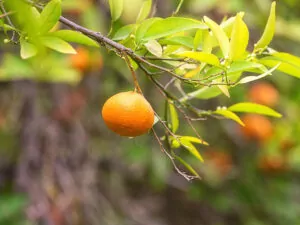
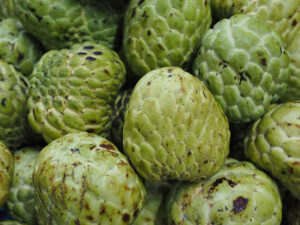
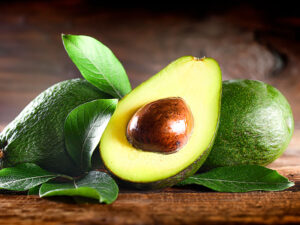
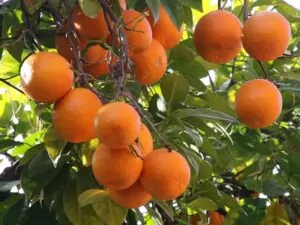
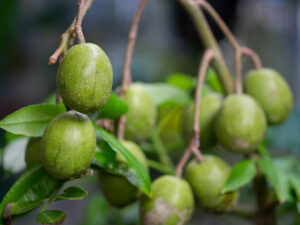
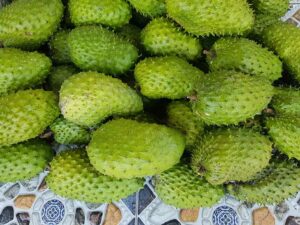
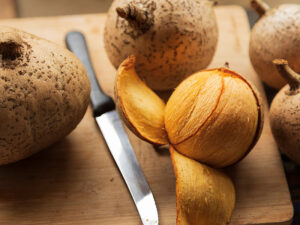
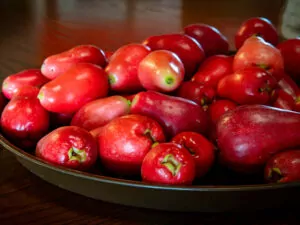
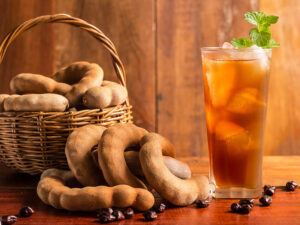
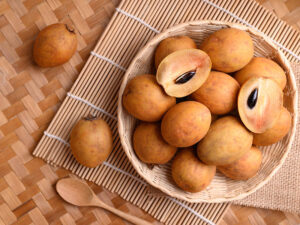
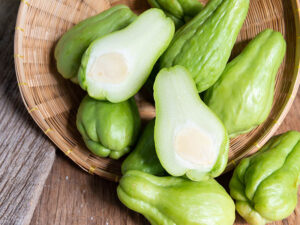
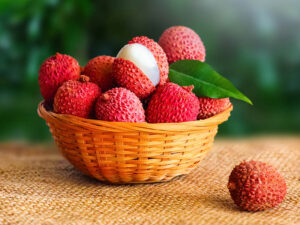
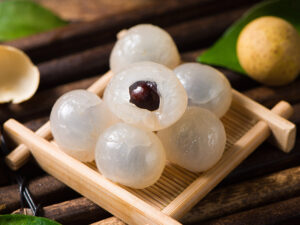
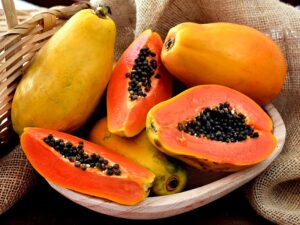
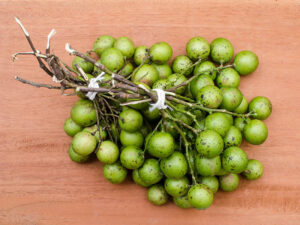
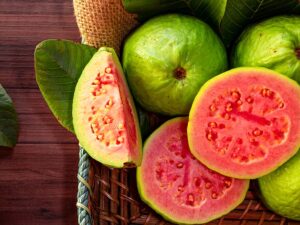
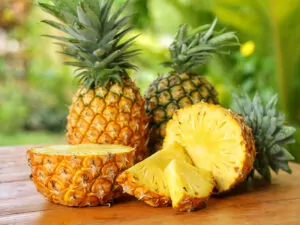
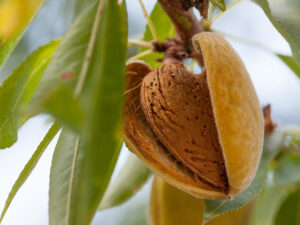
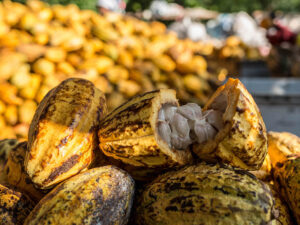
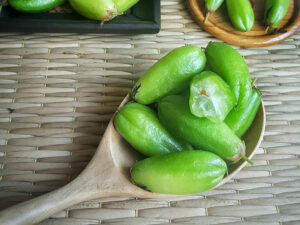
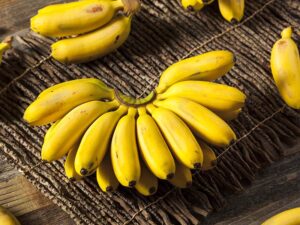
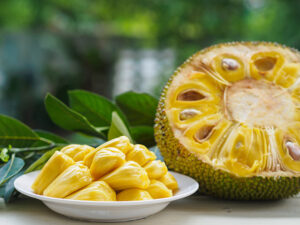
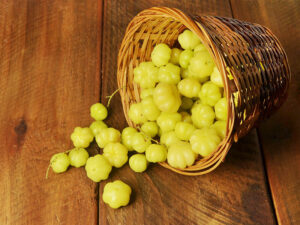
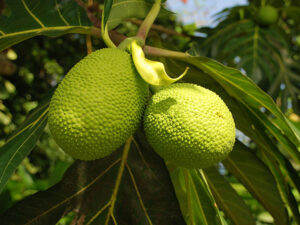
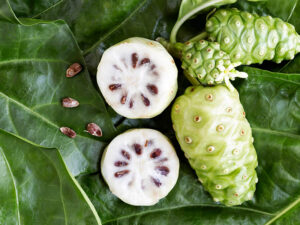
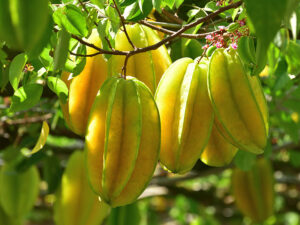
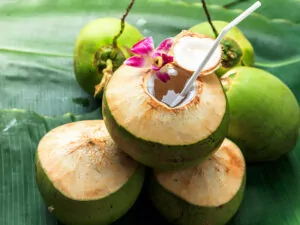
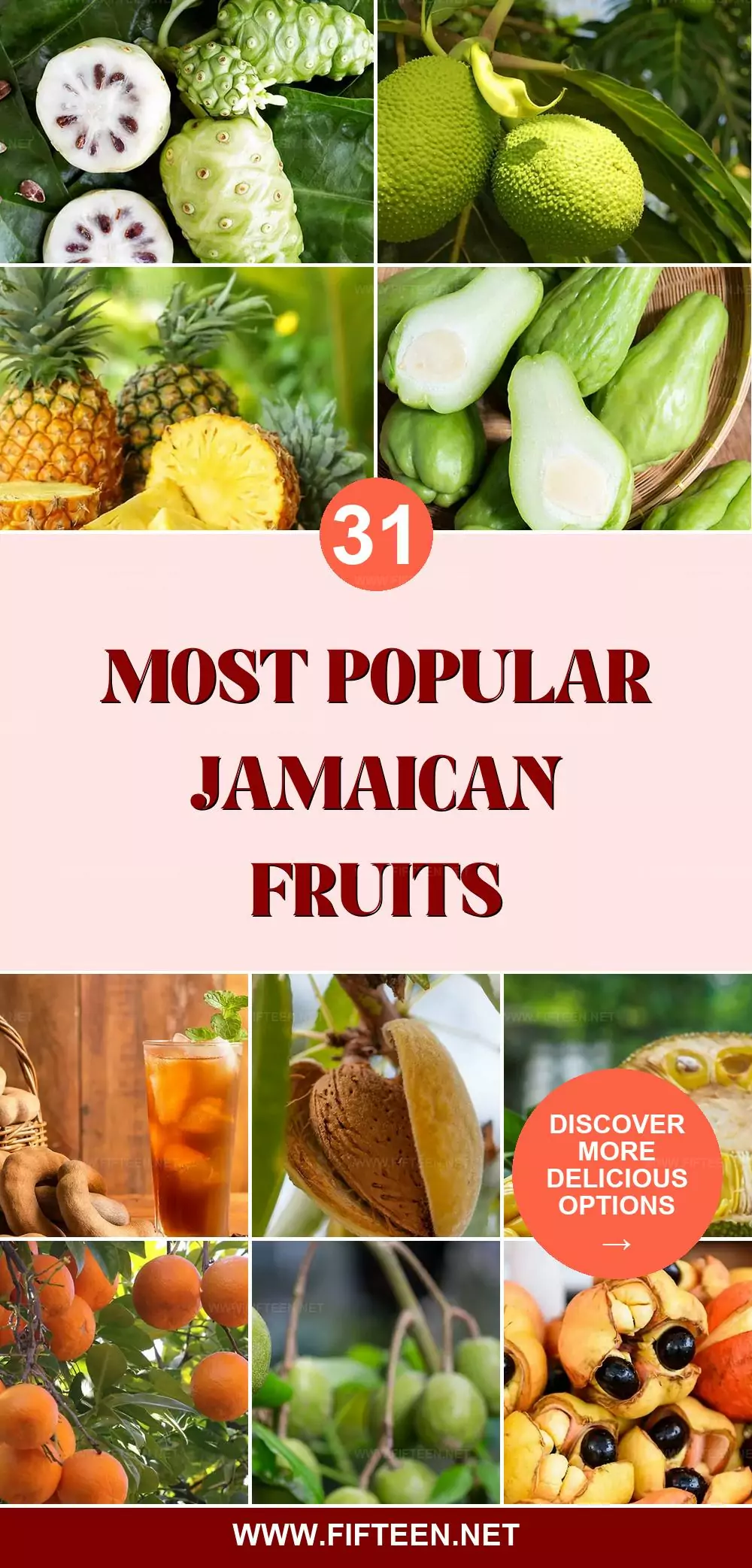
Jamie Scott
Editor in Chief, Senior Content Writer
Expertise
Home Cooking, Meal Planning, Recipe Development, Baking and Pastry, Food Editor, Cooking-video Maker, Western Food Evaluation Expert
Education
Le Cordon Bleu College of Culinary Arts
Local Community College, New York, NY
Jamie Scott is a skilled culinary expert and content creator specializing in Western cuisine. With over 15 years in the culinary field and formal training from Le Cordon Bleu, Paris, Jamie deeply understands how to blend nutrition with delicious flavors. His passion for cooking matches his commitment to making healthy eating accessible and enjoyable.
On Fifteen.net, Jamie brings a fresh perspective to classic dishes and beverages, offering readers insightful recipes, cooking tips, and a fresh view on meal planning that emphasizes taste, health, and simplicity.